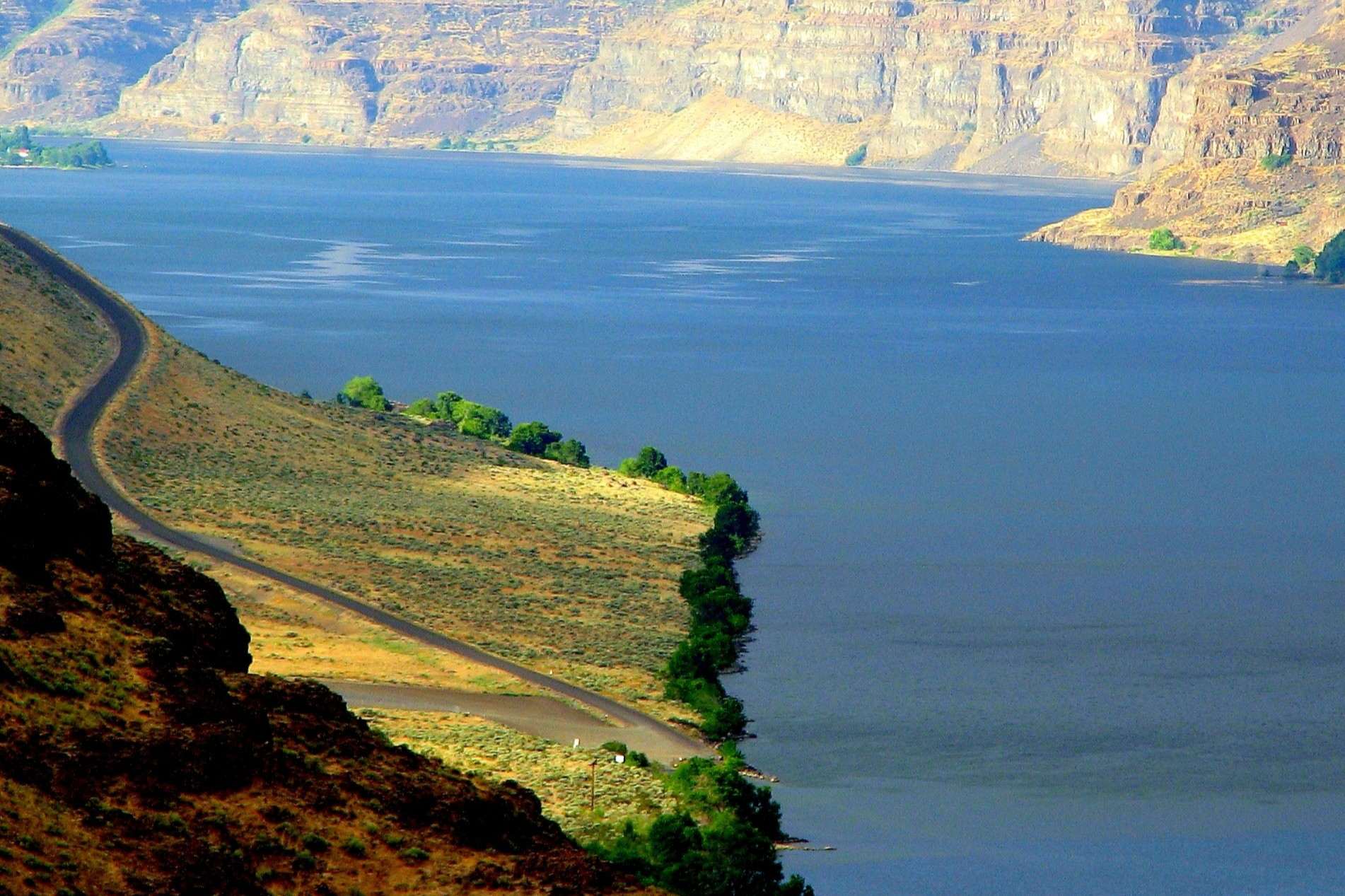Secrets Of Indigenous Rock Art In Washington’s Columbia Plateau

Have you ever wondered about the hidden stories behind Indigenous rock art in Washington's Columbia Plateau? These ancient artworks, etched into stone, offer a glimpse into the lives and beliefs of the region's early inhabitants. Some of these carvings date back thousands of years, showcasing intricate designs and symbols that still puzzle historians today. Visiting these sites feels like stepping back in time, connecting with a culture that thrived long before modern conveniences. Whether you're a history buff or just curious, exploring these rock art sites can be a fascinating adventure. Ready to uncover the secrets of the Columbia Plateau's ancient artists? Let's dive in!
Discovering the Ancient Art of the Columbia Plateau
The Columbia Plateau in Washington is a treasure trove of ancient rock art. These petroglyphs and pictographs tell stories of the region's indigenous peoples, offering a glimpse into their lives, beliefs, and traditions. Let's explore some of the most fascinating sites where you can witness this ancient art.
1. Columbia Hills State Park
Columbia Hills State Park is home to some of the most well-preserved petroglyphs in the region. The park offers guided tours that provide context and history about the rock art.
- She Who Watches: This iconic petroglyph is one of the most famous in the park. It depicts a female figure believed to be a guardian spirit.
- Horsethief Lake: This area within the park features numerous petroglyphs and pictographs, showcasing a variety of symbols and figures.
2. Ginkgo Petrified Forest State Park
Ginkgo Petrified Forest State Park is not only known for its petrified wood but also for its ancient rock carvings. The park's interpretive center provides information about the indigenous cultures that created these artworks.
- Petroglyph Canyon: This area contains a significant collection of petroglyphs, including images of animals and abstract designs.
- Interpretive Trails: These trails offer a self-guided tour of the park's rock art, with signs explaining the significance of each piece.
3. Lenore Caves
Lenore Caves, located near the Columbia River, is another site rich in indigenous rock art. The caves were used as shelters by Native Americans, and their walls are adorned with ancient carvings.
- Cave Walls: The walls of these caves feature numerous petroglyphs, including human figures and geometric patterns.
- Cave Entrances: The entrances to the caves often have carvings that are believed to have been used for ceremonial purposes.
4. Palouse Falls State Park
Palouse Falls State Park is not only a stunning natural wonder but also a site of significant cultural heritage. The rock art here provides insight into the lives of the indigenous peoples who once inhabited the area.
- Falls Overlook: Near the overlook, you can find petroglyphs that depict hunting scenes and spiritual symbols.
- Riverbanks: The banks of the Palouse River are dotted with rock art, including images of animals and celestial bodies.
5. Dry Falls
Dry Falls, a geological marvel, also boasts a collection of ancient rock art. The site offers a unique combination of natural beauty and cultural history.
- Visitor Center: The center provides information about the rock art and the indigenous cultures that created it.
- Cliff Faces: The cliffs around Dry Falls are adorned with petroglyphs, including depictions of animals and abstract symbols.
6. Spokane Tribal Lands
The Spokane Tribe has a rich history of rock art, with several sites on their lands that are accessible to the public. These sites offer a deep connection to the tribe's cultural heritage.
- Wellpinit: This area features numerous petroglyphs, including images of animals, humans, and spiritual symbols.
- Spokane River: Along the river, you can find rock art that tells stories of the tribe's history and beliefs.
7. Yakama Nation Cultural Heritage Center
The Yakama Nation Cultural Heritage Center is dedicated to preserving and sharing the history and culture of the Yakama people. The center's exhibits include examples of rock art from the Columbia Plateau.
- Exhibit Halls: The halls feature displays of petroglyphs and pictographs, along with explanations of their meanings and significance.
- Outdoor Displays: The center's grounds include outdoor displays of rock art, allowing visitors to see these ancient works in a natural setting.
8. Hanford Reach National Monument
Hanford Reach National Monument is a protected area that includes several sites of indigenous rock art. The monument's remote location has helped preserve these ancient artworks.
- White Bluffs: The bluffs along the Columbia River feature petroglyphs that depict animals, humans, and abstract designs.
- Saddle Mountain: This area contains rock art that is believed to have been used for ceremonial purposes, including images of spiritual beings.
9. Columbia River Gorge
The Columbia River Gorge is a stunning natural area that also holds significant cultural heritage. The rock art here provides a glimpse into the lives of the indigenous peoples who once called this area home.
- Petroglyph Park: This park within the gorge features a collection of petroglyphs, including images of animals and human figures.
- Gorge Walls: The walls of the gorge are adorned with rock art, showcasing a variety of symbols and designs.
Preserving a Rich Heritage
Indigenous rock art in Washington's Columbia Plateau offers a glimpse into ancient cultures. These artworks, etched and painted on rocks, tell stories of the past, showcasing the beliefs and daily lives of the region's first inhabitants. Visiting these sites not only provides a unique cultural experience but also emphasizes the importance of preserving this heritage. Respecting these sacred places ensures they remain for future generations to appreciate. Remember to follow guidelines when visiting, such as not touching or defacing the art. By doing so, we honor the legacy of those who came before us. Exploring these sites fosters a deeper connection to history and the land. So next time you're in Washington, take a moment to visit these incredible rock art sites. They are more than just ancient drawings; they are a testament to the rich history and culture of the Columbia Plateau.

